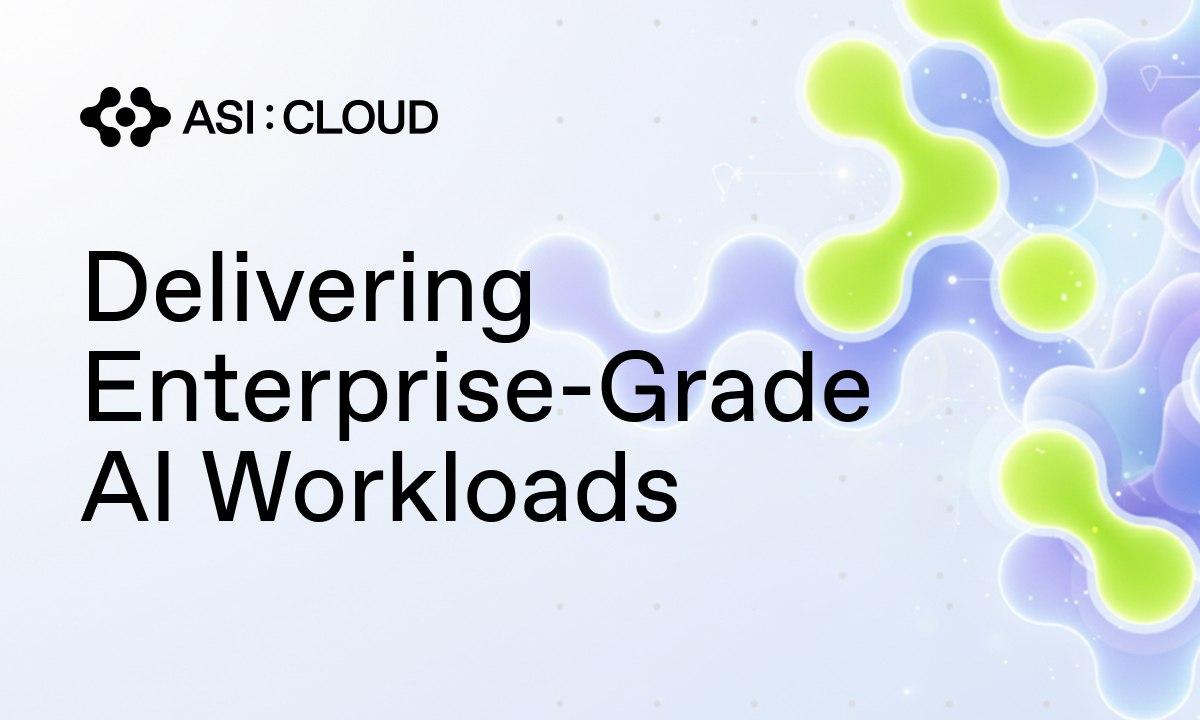Liquidity Mining is a process that has gained popularity in the world of decentralized finance (DeFi), where participants contribute their cryptocurrencies to liquidity pools and receive rewards in the form of fees and tokens. These liquidity pools are accessed through Decentralized Exchanges (DEXs), which operate on blockchain networks.
In traditional finance (TradFi), market makers and brokerage firms play a crucial role in providing liquidity to the market. They hold assets and facilitate buying and selling solutions for investors, earning profits through the spread between bid and ask prices. However, in DeFi, the concept of liquidity provision has been decentralized, allowing anyone to become a liquidity provider.
Decentralized Exchanges (DEXs) use Automated Market Makers (AMMs) and liquidity pools to create a market for trading various pairs of cryptocurrencies. A liquidity pool consists of funds from multiple participants, allowing users to trade their assets directly from these pools rather than relying on a centralized order book.
To better understand liquidity mining, let’s look at an example:
Suppose there is a DEX called “XYZ Exchange” that allows users to trade a pair of cryptocurrencies, such as ABC and XYZ. Liquidity providers can deposit an equal value of ABC and XYZ tokens into a liquidity pool on XYZ Exchange. These tokens serve as reserves for the market, ensuring that there is enough liquidity for users to trade.
When a user wants to trade ABC for XYZ or vice versa, they interact with the liquidity pool instead of placing an order on an order book. The liquidity pool automatically performs the asset swap based on the predetermined ratio set by the liquidity providers.
In return for providing liquidity to the pool, participants are rewarded with fees generated from trades within the pool. These fees are distributed proportionally to each liquidity provider based on their share of the total liquidity in the pool. Additionally, liquidity providers may also receive tokens specific to the platform they are participating in as an extra incentive.
Liquidity mining has several benefits:
- Earning Passive Income: By becoming a liquidity provider and contributing to a liquidity pool, individuals can earn additional income in the form of fees and tokens without actively trading.
- Enhancing Market Liquidity: Liquidity mining helps ensure that there is enough liquidity available for traders, reducing slippage and increasing overall market efficiency.
- Token Distribution: Projects can use liquidity mining as a means to distribute their tokens to a broader audience. By rewarding liquidity providers, projects can increase token circulation and attract more users.
However, it is important to note that liquidity mining also involves certain risks:
- Impermanent Loss: Liquidity providers may experience losses due to price fluctuations of the assets they have provided liquidity for. This is known as impermanent loss and occurs when the price of one asset in the pool significantly deviates from its original ratio.
- Smart Contract Risks: Liquidity pools and reward distributions are governed by smart contracts, which are subject to vulnerabilities and exploits. It is essential to carefully review the smart contract code and choose reputable platforms to minimize these risks.
Overall, liquidity mining plays a vital role in DeFi ecosystems by incentivizing users to contribute liquidity and enhancing overall market liquidity. It allows individuals to passively earn income while supporting the growth of decentralized exchanges and DeFi protocols.
Who is the Author?
Hisham Khan is the CEO of Aldrin, a company that focuses on developing comprehensive and accessible trading tools for cryptocurrencies. With a background of over a decade in managing and developing financial and enterprise technology, Hisham recognized the transformative impact of cryptocurrencies during his time at Bloomberg. This led him to leave his position and create trading solutions through Aldrin, aiming to make advanced crypto trading and strategy development accessible to everyone.














